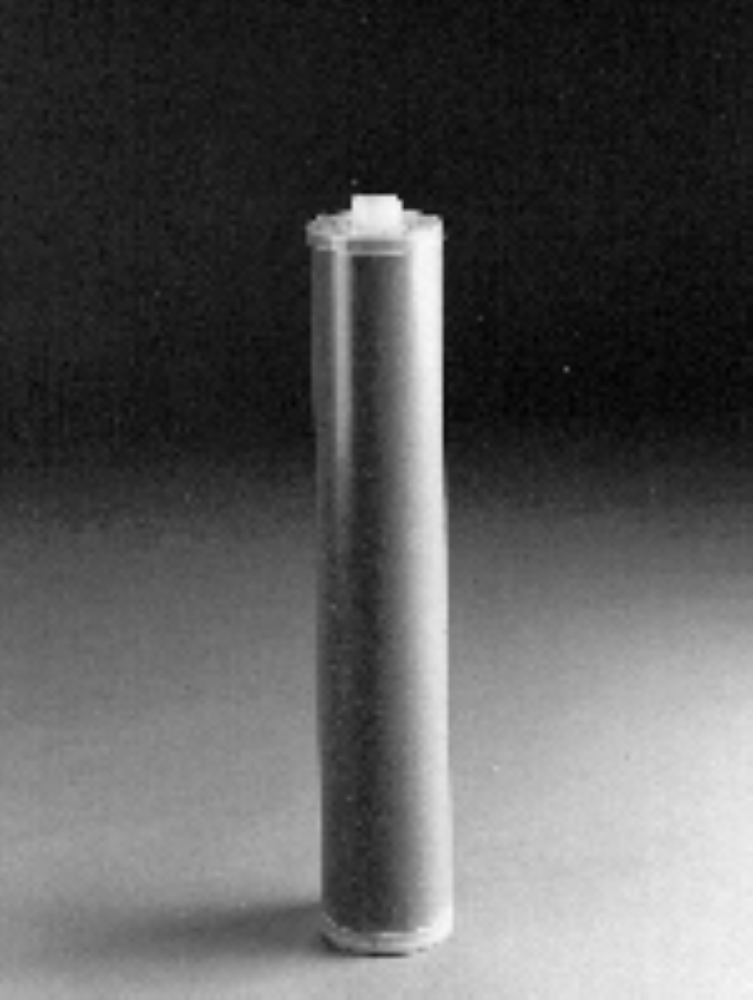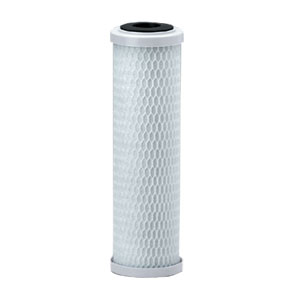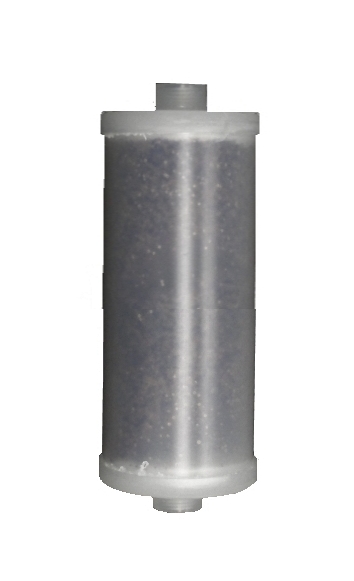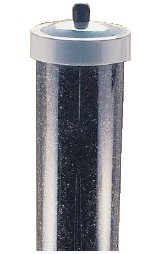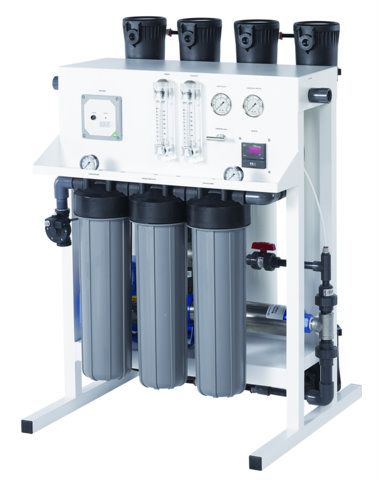Fluoride And Drinking Water is it safe
“There is absolutely no science to this,” said Edmond Hewlett, a spokesperson for the American Dental Association. “There is a preponderance of evidence on this,” Hewlett added. “Not only is [fluoride] safe, but it’s extremely effective in preventing tooth decay.”
http://liveshots.blogs.foxnews.com/2010/04/16/dont-drink-the-water/
Tooth decay, also known as dental caries, is a health problem that has plagued humankind for centuries. Until as recently as 60 years ago, the damage caused by caries was an inevitable fact of life for most people. The disease often meant many visits to the dentist to have damage and painful teeth repaired or removed. Today, primarily as a result of fluoride, damage caused by decay can be reduced and, in many instances, prevented.
Is community water fluoridation safe?
Yes.
Extensive research conducted over the past 60 years has shown that fluoridation of public water supplies is a safe and effective way to reduce tooth decay for all community residents.
Source :
http://www.cdc.gov/fluoridation/safety.htm
http://www.cdc.gov/fluoridation/benefits/background.htm
http://www.cdc.gov/fluoridation/faqs.htm
More recent reviews of the safety of water fluoridation include a comprehensive review of the scientific literature by the U.S. Public Health Service in 1991 and the University of York in 2000. The overall value and safety of community water fluoridation has been endorsed by the Centers for Disease Control and Prevention, by the U.S. Surgeon General's report Oral Health in America (May 2000), and by the U.S. Task Force on Community Preventive Services in 2001. Community water fluoridation also has been endorsed by numerous public health and professional organizations, including the American Dental Association, the American Medical Association, the American Association of Public Health, U.S. Public Health Service, and the World Health Organization.
Fluoride's benefits for teeth were discovered in the 1930s. Dental scientists observed remarkably low decay rates among people whose water supplies contained significant amounts of natural fluoride. Several studies conducted during the 1940s and 1950s confirmed that when a small amount of fluoride is added to the community water supply, decay rates among residents of that community decrease. Although these studies focused primarily on the benefits of water fluoridation for children, more recent studies demonstrate that decay rates in adults are also reduced as a result of fluoride in the drinking water.
Water fluoridation (fluoride in water) prevents tooth decay two ways: primarily through direct contact with teeth throughout life, and when consumed by children during the tooth forming years. The most inexpensive way to deliver the benefits of fluoride to all residents of a community is through water fluoridation. All water naturally contains some fluoride. When a community fluoridates its water, it adjusts the level of fluoride in the water to the optimal level for preventing tooth decay. Currently, more than 170 million people in the United States using public water supplies drink water containing enough fluoride to protect teeth.
One of the health objectives contained in Healthy People 2010, the plan that sets health goals for the nation for the year 2010, calls for at least 75 percent of the population served by community water systems to receive optimal levels of fluoride. The current level is 67 percent. To reach this goal, approximately 14.3 million more people must gain access to fluoridated water through public water systems.
Other sources of fluoride are also available.
Fluoride can be applied directly to teeth through toothpaste, mouth rinses, and professionally applied fluoride treatments available in the dental office. Children who have been evaluated by their dentists as being at high risk for tooth decay and whose home water supplies contain low amounts of fluoride can take dietary fluoride supplements. This daily supplement, which can be prescribed by a dentist or a physician, should be taken only by children if the home water supply has been verified to contain a low concentration of fluoride. These methods of delivering fluoride are more expensive than water fluoridation and require a conscious decision to use them. However, the widespread availability of fluorides, via water fluoridation, toothpaste, and other sources, has resulted in the steady decline of dental caries throughout the United States.
The Benefits of Fluoride
From the Office of the Surgeon General,
U.S. Department of Health and Human Services
May 2000
Community water fluoridation is an effective, safe, and inexpensive way to prevent tooth decay. This method of fluoride delivery benefits Americans of all ages and socioeconomic status.
Brushing twice a day with a fluoride toothpaste is an easy way to prevent tooth decay.
Fluoridation, which was started in Grand Rapids, Michigan in 1945, has been used successfully in the United States for more than 50 years. It benefits both children and adults.
Fluoride works by stopping or even reversing the decay process. It keeps tooth enamel strong and solid.
Community water fluoridation is considered one of 10 great public health achievements of the 20th century.
Of the 50 largest cities in the United States, 42 have community water fluoridation (and 2 cities are have natural fluoride levels that are optimal). Fluoridation reaches 67 percent of the population on public water supplies¡ªmore than 170 million people.
The annual cost of fluoridation is approximately $0.50 in communities of ¡Ý 20,000 to approximately $3.00 per person in communities ¡Ü 5,000 (in 1995 dollars) for all but the smallest water systems. Even so, 100 million Americans do not have access to fluoridated water.
Communities with fluoridated drinking water in the United States, Australia, Britain, Canada, Ireland, and New Zealand show striking reductions in tooth decay¡ª those with fluoridated drinking systems have 15¨C40 percent less tooth decay.
Nearly all tooth decay can be prevented when fluoridation is combined with dental sealants and other fluoride products, such as toothpaste.
Fluoride dietary supplements can provide fluoride to those who do not have adequate levels in their drinking water. They are available as tablets, drops, or lozenges.
Over-the-counter fluoride dental products such as toothpastes and mouth rinses are effective in preventing decay.
Products with high concentrations of fluoride that are applied in the dental office or prescribed for home use offer additional protection for those at increased risk of tooth decay.
Because older Americans are now keeping their teeth longer, fluoride will continue to be important for preventing tooth decay in this age group. Older Americans are especially susceptible to tooth decay because of exposed root surfaces and mouth dryness that may result from many medications.
What is community water fluoridation?
Most water supplies contain trace amounts of fluoride. Water systems are considered naturally fluoridated when the natural level of fluoride is greater than 0.7 parts per million (ppm). When a water system adjusts the level of fluoride to 0.7–1.2 ppm it is referred to as community water fluoridation. In 1945, Grand Rapids, Michigan, adjusted the fluoride content of their water supply to 1 ppm and became the first city to implement community water fluoridation. Today, approximately 67.3 percent of the U.S. population on public water supplies has access to fluoridated water.
How does fluoride work?
Tooth decay is an infectious and transmissible bacterial disease. When a person eats sugar, or other refined carbohydrates, some oral bacteria produce acid that removes minerals from the surface of the tooth, a process that is known as demineralization. If the demineralization process continues for a period of time, a cavity is formed. If fluoride is available, the demineralization process can be reversed, thereby preventing the cavity. In addition, fluoride reduces the ability of the oral bacteria to produce acid.
Is tooth decay still a serious problem?
Yes. By age 19, more than two-thirds of U.S. children and adolescents, 91 percent of U.S. adults, and 93 percent of Americans 60 years of age and older have experienced tooth decay.
Will community water fluoridation benefit my family?
It has been demonstrated that fluoride's action in preventing tooth decay provides a benefit to both children and adults throughout their lives. The health benefits of fluoridation include a reduction in the frequency and severity of tooth decay, a decrease in the need for fillings and tooth extractions, a reduction in pain and suffering associated with tooth decay, and the obvious elevation of self-esteem that goes with improved oral functioning and appearance.
Has the prevalence of tooth decay decreased since water fluoridation began?
Yes. Independent studies initiated in 1945 and 1946 followed four communities and assessed the value of water fluoridation. By 1960, tooth decay rates in these communities declined, on average, 56 percent more than in demographically similar communities whose water supplies were not fluoridated. More recent studies show that water fluoridation will reduce tooth decay in permanent teeth by approximately 18 to 40 percent. Although this reduction in decay is not as dramatic as it was in the 1950s and 1960s, it is significant when compared to tooth decay in non-fluoridated communities.
Does the U.S. Food and Drug Administration (FDA) or Environmental Protection Agency (EPA) regulate fluoride added to drinking water?
Neither the FDA nor the EPA publish standards for drinking water additives. A 1979 Memorandum of Agreement between the FDA and EPA establishes that the FDA has regulatory responsibility for beverages, and the EPA has regulatory responsibility for drinking water by community water systems. The EPA additives program was discontinued in 1984 and replaced by the American National Standards Institute program for drinking water additives. The FDA does not regulate community drinking water but does regulate bottled water because commercial bottled water is considered to be a beverage (food).
What standards for levels of fluoride in water are set by the EPA?
Under the Safe Drinking Water Act and its amendments (1974, 1986, and 1996), the EPA establishes criteria for safe drinking water. These standards include the maximum contaminant level goal (MCLG), the maximum contaminant level (MCL), and the secondary maximum contaminant level (SMCL). The MCLG is a nonenforceable health goal set at a concentration to minimize adverse health effects and serves as an advisory to the states. The MCL is an enforceable regulatory standard that is set as close to the MCLG as practical, taking into consideration other factors such as treatment technology and costs. The SMCL is a nonenforceable secondary standard providing guidance on cosmetic or aesthetic considerations. In 1986, EPA established an MCLG and MCL for fluoride at a concentration of 4 milligrams per liter (mg/L) and an SMCL of 2 mg/L. The Safe Drinking Water Act requires periodic reassessment of regulations for drinking water contaminants.
How does the release of the 2006 National Research Council report affect the standards set by the EPA and national recommendations for community water fluoridation?
As part of its normal regulatory process, the Environmental Protection Agency (EPA) periodically reviews the scientific basis for its regulatory criteria. In 2003, the EPA sponsored the National Research Council to evaluate the scientific basis of the EPA's maximum contaminant level goal (MCLG) and secondary contaminant level (SMCL) for fluoride. This review was conducted by the NRC's Committee on Fluoride in Drinking Water. The committee was asked to review the adequacy of the EPA's guidelines to protect children and others from adverse health effects. The committee was asked to consider the relative contribution of various fluoride sources (e.g., drinking water, food, dental hygiene products) to total exposure. In addition, the committee was asked to identify gaps in research data and to make recommendations for future research relevant for setting the MCLG and SMCL for fluoride.
On March 22, 2006, the committee's report, Fluoride in Drinking Water: A Scientific Review of EPA’s Standards, was issued by the National Research Council. * The report addresses the safety of high levels of fluoride in water that occur naturally, and does not question the use of lower levels of fluoride to prevent tooth decay. The committee concluded that the current MCLG of 4 mg/L should be lowered to better protect people from the health risks associated with high natural fluoride levels. For more information on this report, see Safety.
The NRC committee's conclusions concerning the potential for adverse health effects were focused on exposure to fluoride at levels of 2 mg/L and higher. The findings are consistent with CDC’s assessment that water is safe and healthy at the levels used for water fluoridation (0.7 mg/L-1.2 mg/L). The recommendations from CDC remain the same — that community water fluoridation is safe and effective for preventing tooth decay. CDC continues to recommend steps to prevent moderate and severe enamel fluorosis; these recommendations were made in the August 17, 2001, MMWR report, Recommendations for Using Fluoride to Prevent and Control Dental Caries in the United States. These steps include using an alternate water source for children age 8 and younger if the primary drinking water source has naturally occurring fluoride above 2 mg/L, and supervising the use of toothpaste by children younger than 6 years to prevent swallowing excess toothpaste. Parents should place only a pea-sized amount of toothpaste on the child's brush.
How much does it cost the community to fluoridate the water?
The per person cost of fluoridation varies by the size of the community population. The average cost of providing fluoridated water to communities with more that 20,000 residents is about 50 cents per year. For communities of 10,000–20,000 residents, the cost is about $1, and for those living in communities of less than 5,000, the cost is about $3 per year.
Is community water fluoridation a cost-effective method for disease prevention?
Yes. In 2004, an estimated $78 billion was spent on dental services, representing about 5 percent of all expenditures for personal health care in the United States. A CDC study estimated that every $1 invested in community water fluoridation saved $38 in avoided costs for dental treatment. The national average cost to restore one cavity with dental amalgam is approximately $65—the approximate cost of providing fluoridation to an individual for a lifetime.
Date last reviewed: 08/03/2006
http://www.cdc.gov/fluoridation/benefits/background.htm
http://www.cdc.gov/fluoridation/faqs.htm
|
Images are representative of the products. Images may or may not be of the actual product. If it is important e-mail us for an actual image if available.
* Flat Rate UPS shipping when able to ship via UPS and is in the USA excluding Hawaii and Alaska.
Larger Items may not be able to ship via UPS, in that case freight charges will be quoted seperately.
International shipping will be quoted after the order is placed. You will have the opportunity to cancel before we finalize your order.
Terms and conditions
Credit Application
Privacy
Policy
List All Products
|




